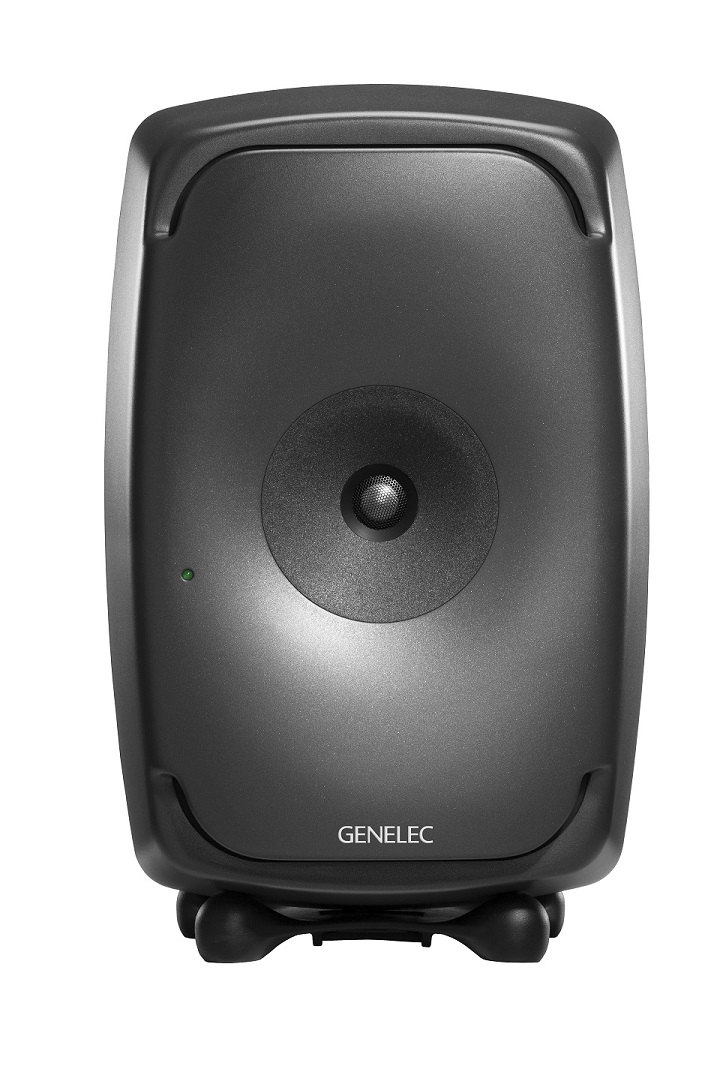Sound Designer Jeffrey Pitts Relies on Active Monitoring Tools from Genelec as He Moves Into Cinema Sound’s Object-Based Future

— From 5.1 today to 7.1 in a few months to 11.2 by year’s end, Pitts’ studio will reflect the rapidly evolving nature of audio for picture, and Genelec will be the most crucial element in its transformation —
NATICK, MA — The landscape of sound for picture is moving at a faster clip than ever before. Cinema sound and television audio (broadcast and streamed) are both racing from 5.1 surround to 7.1 to formats that range from 11.2 in broadcast for residential applications to as many as 64 individual speaker locations for object-based audio platforms like Dolby’s Atmos® and Auro Technologies’ Auro-3D® platforms. Sound specialists are coming to terms with this tectonic shift in technology, looking for the best tools to face the new frontiers with. Jeffrey Pitts is one of them; the winner of two EMMY® Awards for Outstanding Sound Editing for a Series on the hit Starz series Black Sails, with an additional win and four more nominations, the sound designer is preparing his personal editing facility for the multi-channel future with loudspeakers from Genelec, the leader in active monitoring technology for nearly 40 years.
Recently, Pitts changed out his L-C-R array with three Genelec 8351A compact 3-way Smart Active Monitors™, which replaced the speakers he’d been working with since establishing his freelance sound design business in the Los Angeles area in 2007. Since then, he’s become an in-demand sound-design specialist, working for studios including Technicolor, Universal and Netflix, on upcoming features like Deathnote and Blair Witch, and USA Network’s Mr. Robot.
“Atmos is next,” he says, noting what may be sound-for-picture’s coming inflection point. “5.1 is great, but the ability to have eight channels, and to be able to place audio objects across as many as 64 speaker channels in theaters, that’s amazing. But you need the right tools.” Those include a suite of plug-ins from Dolby that allow Pitts to emulate a 64-channel array in his own studio before it goes to the mix stage. But even more fundamental to his transition to future formats will be his monitoring solutions, and he’s already decided: they’ll be all Genelec. With his foundational 8351 L-C-R array already in place, he plans to have a 7.2 system ready by mid year, using Genelec 8330 5-inch Smart Active Monitors for stereo rear surround speakers and stereo side surround speakers. By year’s end, Pitts plans to have added a total of eight more 8330 speakers by then, adding four more to create an immersive overhead speaker array, along with Genelec subs.
“The great thing about the 8351 is that you’re not experiencing ear fatigue, even during long sessions,” Pitts says. Using a Dorrough loudness meter as a reference, he’s found that he’s working at lower indicated levels on the Genelec speakers than with the previous array but still getting the full-range sound and all the impact and energy he used to find only at louder volumes. “I was often peaking the meters before; I switched to the Genelecs in the middle of a project, and that’s when I really noticed the difference. I’m working now with less volume, and EQing is easier without sacrificing any of the energy I need to feel.”
He���s also a fan of the Genelec Loudspeaker Manager (GLM™) software, a highly intuitive and powerful monitor control networking system that manages connectivity to all Genelec Smart Active studio monitors and subwoofers on a Genelec network. Of particular help in setting up his L-C-R array was Genelec’s AutoCal™ automated calibration system, part of the GLM package. “The AutoCal is really cool — it figures out the room for me. There’s no such thing as a perfect room, and while I have some acoustical treatment in it, the AutoCal gets around the little imperfections. It gives me the confidence to put eight more speakers in the room.” And that’s a critical point: the next generation of sound for picture will require a lot of speakers. Managing those speakers will be the biggest challenge for sound professionals. “That’s why I look at the Genelec speakers as critical tools for the next generation of audio,” says Pitts.
For more information, please visit www.genelecusa.com.
The professional video industry's #1 source for news, trends and product and tech information. Sign up below.
